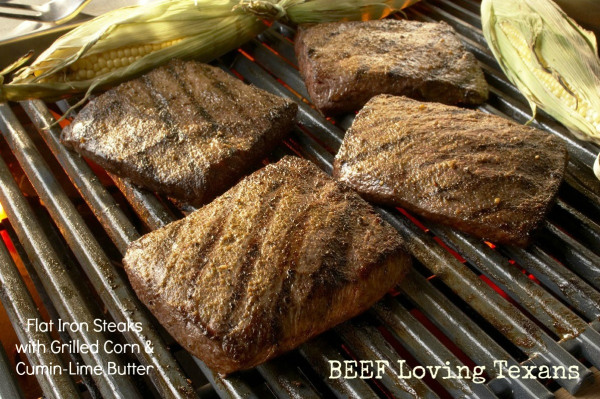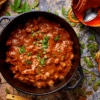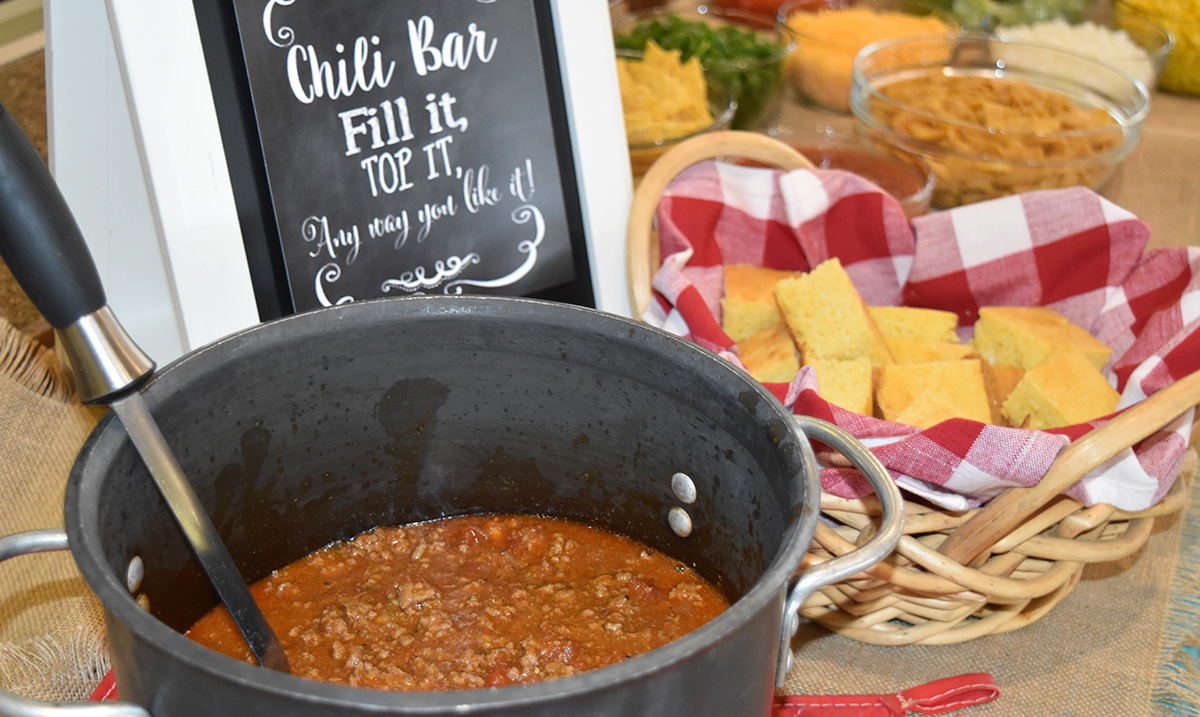Money Saving Idea: Flat Iron Steak is Great on Taste, Easy on the Budget

Around my house we eat a lot of meat – that’s likely no surprise, but with my growing family, I think a lot about nutrition, taste and even more important sometimes, saving money on groceries. Knowing what beef cuts to buy will help save money on my family’s grocery bill and learning the tricks to buying affordable beef is a top priority.
Many people enjoy steak, but feel the price of beef doesn’t always comfortably fit in their budget, so I wanted to share a beef bargain that I serve my family. Flat Iron steaks are my ‘go to’ when that steak craving hits. Flat Iron is the second most tender cut (after the tenderloin) and it’s cheap!
Flat Iron steak costs about $4 per pound whereas a tenderloin steak could be more than $10 per pound. That’s a big difference when you’re buying several steaks to feed a family. The Flat Iron is also the perfect thickness, about ½ inch, so it doesn’t take forever to cook on the grill, but still has some substance when you’re cutting it with a steak knife. [Cook your Flat Iron perfectly] It’s a boneless steak that doesn’t have any fat on the outside, only marbling inside, so there is essentially no waste…you get to eat the whole thing!
If you can’t find it in the meat case, ask the butcher. Sometimes Flat Iron is called Top Blade steak, so your butcher may know it by either name. Although these two steaks are cut from the same muscle, they can give you a different eating experience. For example, the Top Blade steak is produced by trimming the top blade roast and then simply cutting into small steaks. Unfortunately, the Top Blade cut has a large piece of connective tissue that runs through the middle of it. When you cut Top Blade steaks, that piece of connective tissue stays in the steak. It won’t hurt you by any means, but you’ll chew on it forever.
See the grizzle running down the middle of these Top Blade steaks.
To cut a Flat Iron steak, a butcher trims the Top Blade roast and then fillets the meat to remove the tough connective tissue, leaving only the tender, delicious beef.








